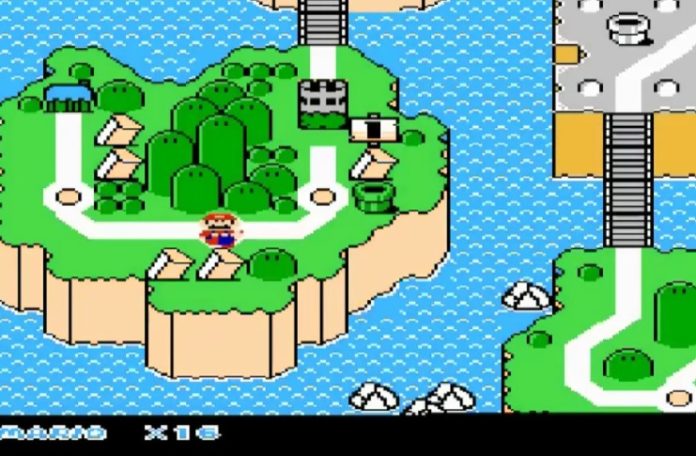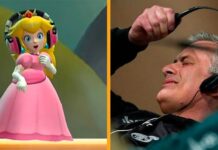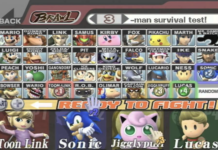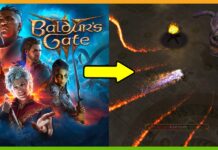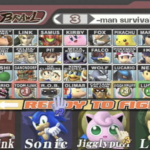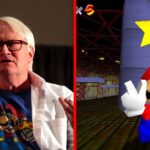Super Mario World is one of the greatest Mario titles of all-time, as well as a must-have for the Super Nintendo Entertainment System. The game is also an incredibly popular speedrunning title, and countless mods have been created using the game’s robust mechanics.
The game’s popularity led to one of the more popular and impressive bootleg games for the Famicom: sometimes dubbed “Chinese Super Mario World,” the game has a niche following due to how consistent it is to the SNES original (well…as consistent as it can be.)
Super Mario World (Famicom)
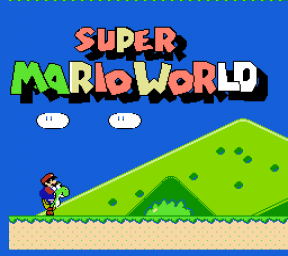
The bootleg port of Super Mario World was developed by Hummer Team, a pirate developer studio that specialized in making NES and Famicom ports of games that were released on more advanced consoles. Sometimes they would change the names of their games to avoid copyright infringement (for example, Street Fighter II was changed to Master Fighter II.)
Super Mario World for the Famicom was released in 1995; five years after the release of Super Mario World for the SNES. These bootleg ports were a way for people to experience games that they might not have access to otherwise (the name “Chinese Super Mario World” comes from the fact that it was made due to China not getting access to the SNES market. They were also just a testament to what game devs could do with limited hardware.
Differences Between The Famicom And SNES Versions
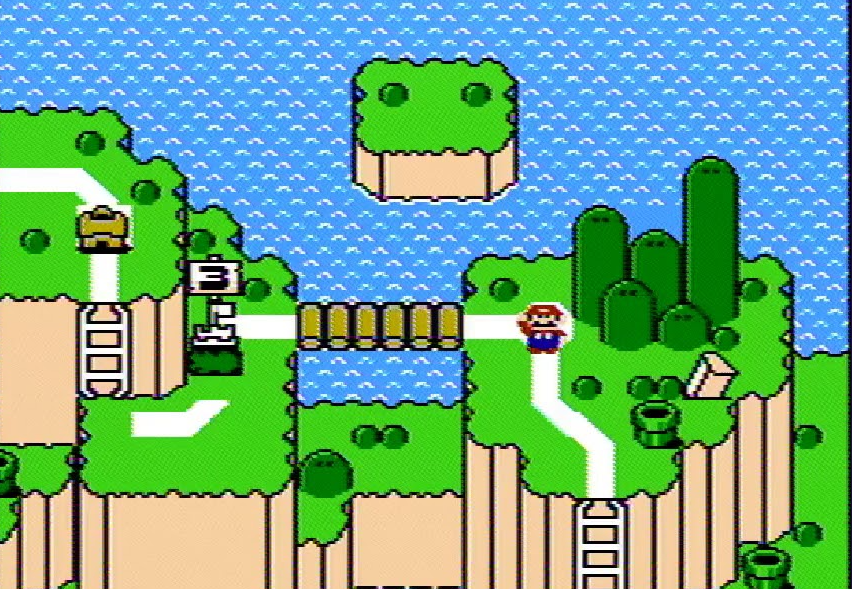
The most obvious changes between the two versions of Super Mario World are the graphics, music and audio effects; everything had to be reduced back to the 8-bit format of the Famicom. This results in less than stellar textures, although the music is, for the most part, an honest recreation of the SNES version.
The Famicom version, evidently, runs on weaker hardware, which means the game will lock up if too many enemies appear on the screen; to combat this, Hummer Team changed some enemies and replaced others so that the game wouldn’t get overloaded as much (Banzai Bills, for example, are replaced with three fireballs.)
Gameplay wise, there are many differences. The world map is much more linear, and several levels had to be redesigned because the Famicom didn’t have the ability to vertical scroll in the same way the SNES version did. Certain mechanics, such as going down pipes, jumping on certain enemies and being able to swim, were changed drastically or removed outright.
The biggest difference between the bootleg and SNES versions of Super Mario World is that most bootleg copies are only half-finished; many copies of the game that circulated would mostly end after the fourth castle. A completed version was eventually released, but even that still had unfinished or incomplete mechanics and levels.
Super Mario World Famicom As A Speedrunning Category
Due to the massive popularity of Mario speedrunning, this game has also had its share of speedrunners take a crack at it; there’s even a page dedicated to the game on Speedrun.com. The top speedrunners in the game are able to finish it completely within half an hour, and there are two categories: “100%” and 100% Small Mario Only.”
The gameplay is interesting to watch due to how quickly Mario moves on the ground versus how slowly he is after jumping. It also looks like getting enough speed to take flight is more difficult than in the SNES version.
This speedrun goes through the entire game and showcases the good (and the bad) that the game has to offer. This way, you can experience the game without having to go through the hassle of finding all the tools need to emulate it yourself.
For more random speedrunning games, check out this article about speedrunning Ratatouille.


